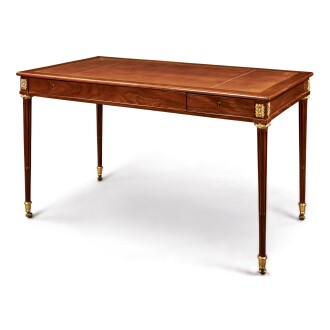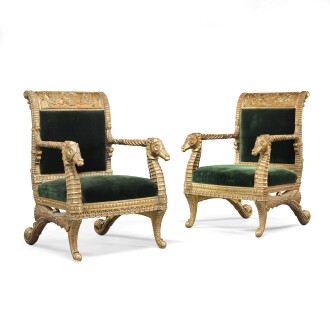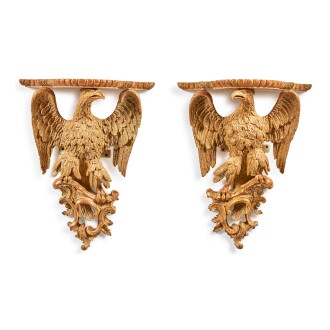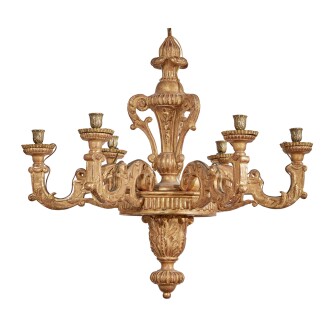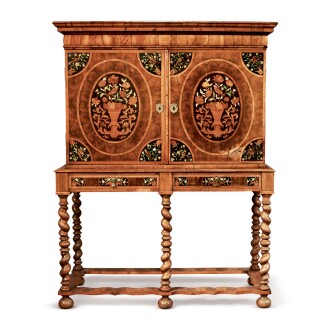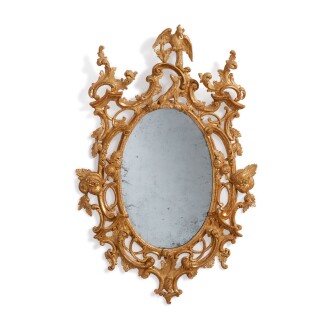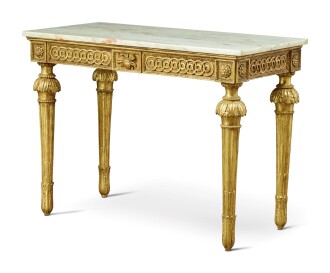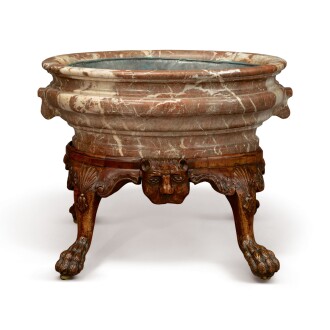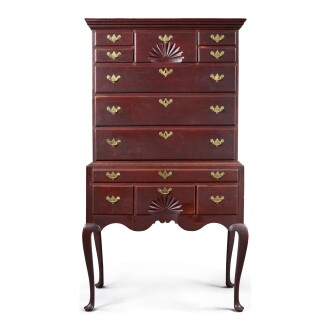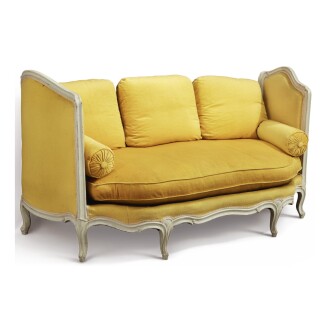-
Antique Furniture Consignment
Sotheby’s, your most reliable resource for selling antique furniture, is here to help you sell your vintage and antique furniture at auction. Selling large pieces of furniture can often be a daunting process, but when you sell with Sotheby's we can help you with the entire process, starting from auction estimate appraisal to shipping your antiques to finally selling your furniture to the largest global audience of collectors. If you wish to sell an antique armchair, table, dresser or perhaps a chandelier, simply submit images along with any additional information to Sotheby's through our easy-to-use online estimate form. Our team of specialists will review your submission and issue preliminary estimates for items that can be included in any of our sales.
Our auctions, held in Paris, London and New York, feature important tables, chairs, desks, cabinets and other fine vintage furniture pieces from France, England or other European countries. Whether you have a 17th-century English chair or an ormolu-mounted kingwood bureau plat from late 19th-century France, our specialists can help identify, value and sell your special piece or an entire collection. If you have an American furniture collection you would like to sell, click here.
Find Out the Value of Your Furniture
Submit photos and information about your furniture to begin your complimentary estimate request.
Get an Estimate
Antique Furniture Consigned with Sotheby's
Get Started with an Estimate
Get Started with an Estimate
Get an Estimate

Frequently Asked Questions
- When is the best time to sell my antique furniture?Exceptional British and European furniture is in demand throughout the year. During Sotheby's furniture auctions, collectors, academics, museum curators and new buyers assemble to purchase fine European antiques. Classic examples of offerings from the English and French Furniture category include styles such as Georgian, Chippendale, Hepplewhite, Regency, Sheraton, Queen Anne, Louis XIV, Louis XV, Louis XVI, Neoclassical, Rococo and Empire. There is no better time to consign your antique furniture with Sotheby’s. If you are considering selling your vintage furniture, simply send photographs, paperwork and other background information to Sotheby’s for a free estimate.
- What is Sotheby's fee to appraise my antique furniture?Our sale estimate valuations are complimentary. At no charge, our specialists review submissions and provide auction estimates for any antique furniture we believe we can sell at a live auction or online sale. If your antique is not an appropriate fit for a Sotheby's auction, we will do our best to recommend an alternate resource to sell your furniture or decorative object.
- How does Sotheby's determine how much my antique furniture is worth?Our specialists have decades of experience in appraising and selling antique furniture and decorative arts and are intimately familiar with the global market for antiques. When you submit your furniture for a valuation, our specialists will consider its condition, ownership history, maker, rarity and current market demand.
- How do I know if my French furniture is signed by its maker?French furniture from the 18th century is often stamped with the name of its maker. The stamp typically can be found at the back of an armoire or cabinet, underneath the marble top on a chest of drawers, or on the seat rails of a chair. Sometimes it is difficult to see because it might have worn off over time. Using a flashlight and a magnifying glass can be helpful.
- How old is my antique furniture?It can be difficult to distinguish 18th-century furniture from 19th-century pieces. Often, 19th-century furniture is actually a replica of 18th-century examples, or perhaps designed in a similar style. Sotheby’s specialists are thoughtfully trained to recognize the age of a piece and they will be able to assist when you wish to consign antique furniture.
- How do I ship my furniture to Sotheby's?Once our specialists have provided you with an estimate and a sale recommendation, they will be able to provide shipping quotes and logistical support. Sotheby’s works with the top white-glove shipping companies across the globe who will be able to safely package and transport even the most fragile antiques.
More information on how to sell with Sotheby's
Sotheby’s is your best resource to buy and sell fine antique English, French, German, Swiss, Italian, Dutch, Danish, and European Furniture such as an armchair, dining chair, Gainsborough chair, fauteuil, bergere, stool, pliant, tabouret, library chair, Pembroke table, dining table, commode, chest of drawers, bookcase, desk, bureau plat, bureau en pente, library table, partner desk, torchere, side table, table en chiffonnier, table à écrire, sideboard, settee, marquise, tric-trac table, card table, games table, metamorphic chair, breakfast table, supper table, tripod table, mirror, chandelier, lantern, wall light, pier table and secretary. Collectible styles include Sheraton, Adam, Hepplewhite, Chippendale, George III, George II, George I, Queen Anne, William and Mary, Regency, William IV, George IV, Victorian, Louis XIV, Louis XV, Louis XVI, Regence, Empire, Directoire, Restauration, Second Empire, and Napoleon III.

